Prius, in Latin, means “to go before – to go ahead of the times”, which implies that Prius is the solution for future transportation, both saving and environmentally friendly.
The “father” of Toyota Prius
In the early 1990s, Toyota’s business was booming. At the same time, Japan’s economic bubble was reaching its peak and prosperity seemed unstoppable. However, this also carried the risk of a crisis.
In this situation, Mr. Eiji Toyoda, the founder and then-chairman of Toyota, expressed concern about the future of the automotive industry. He was worried about the impending crisis. At a Board of Directors meeting, he asked, “Should we continue making cars the way we are? Can we survive in the 21st century with the research and development approach we are pursuing? …There is no way this (boom) will last for long.”
According to Yoshiro Kimbara, Deputy Director in charge of Research and Development, he created the Global 21 (G21), the future Prius. Kimbara led a project that aims to research the cars of the 21st century.
Initially, G21 was not a project about a hybrid. The initial goals of the project were to develop products using a new method and to explore the fuel efficiency of traditional combustion engines, achieving 5 liters/100km, saving more than 50% compared to Toyota’s popular Corolla.
At the end of 1993, Toyota’s development team realized that high fuel prices and the increasing middle class worldwide demanded a new, spacious, fuel-efficient car. At this time, Mr. Akihiro Wada, executive vice president, was assigned the task. The first thing he had to do was find an experienced and visionary engineer. He found that in Takeshi Uchiyamada. Wada, who is now an advisor to Aisin Seiki, a brake supplier for Toyota, explained, “Uchiyamada came from an engineering background in vibration control and noise. However, Uchiyamada works very seriously, and we thought that Uchiyamada could be the chief engineer of a product that could be quickly put into mass production.
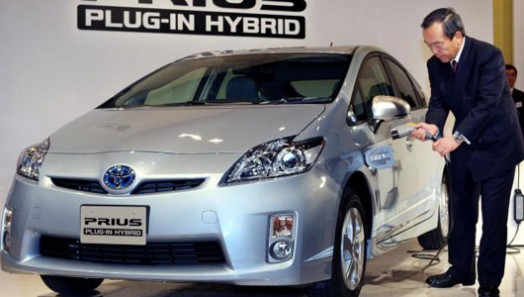 Mr. Uchiyamada – the “father” of Toyota Prius
Mr. Uchiyamada – the “father” of Toyota Prius
At first glance, Toyota’s decision to appoint Uchiyamada as chief engineer seemed rash and unreasonable, but in fact, it showed Toyota’s foresight. At that time, only Uchiyamada had all the qualities for this role for several reasons. First, this was the first project after decades of one related to truly breakthrough technology and would require an unprecedented research support level in most development projects. Uchiyamada comes from a research background. Although not a designer, he loves cars, has a deep technical background, and his father was the chief engineer of the Crown – Toyota’s pioneering car – so he inherited the design spirit. Second, this project is not part of any car center and will require someone who is familiar with the new organizational structure to mobilize resources, a skill that Uchiyamada possesses, being one of the main architects of the new organization structure. Third, the main purpose of the project is to build a new approach in developing transportation vehicles. Someone who comes up from an old system as a chief engineer will always be stuck in the existing system. There must be someone with strong organizational design skills to present a fresh new vision.
Initially, Uchiyamada asserted that he could increase fuel efficiency by making changes to conventional technology. In the project plan submitted to Wada in 1994, he pointed out that introducing an improved transmission system could push the fuel efficiency to 50%. However, the solution Uchiyamada proposed was not convincing enough for Wada. For Wada, the hybrid system was more attractive.
This idea was not new. Toyota had been interested in the idea of replacing conventional gasoline engines with electric motors and energy-supplying batteries for about two decades. At that time, Toyota had also developed a hybrid minivan model, but the project faced difficulties due to differences in views between engineers and business people. While engineers believed that this hybrid model was the answer to all questions: the depletion of oil, emissions, and the long-term future of the auto industry, business people believed that the high price would not attract consumers.
Immediately after, Wada asked his team to develop a hybrid concept model to participate in the 1995 Tokyo Motor Show with the criteria of saving more fuel to offset the production costs. “We need an excellent product, otherwise our competitors can catch up.” At first, Uchiyamada opposed Wada’s view and believed it was impossible with existing technologies. However, when understanding the purpose that the leadership wanted to achieve, Uchiyamada took on the challenge of developing the hybrid model. He received an important agreement from the Board of Directors: that he could choose the best engineers in the company to develop the hybrid system.
To find the standard hybrid system for the G21, Uchiyamada’s team tested 80 different hybrid engine types and sequentially eliminated those that did not meet the requirements, narrowing it down to 10 types. The team examined the advantages of these 10 types and selected the best 4, mainly based on fuel efficiency. During the final selection process, the difficulties that Uchiyamada’s team faced included heat, reliability, noise, and cost. In June 1995, Toyoda seriously wanted to introduce the Prius and the ultimate deadline for the birth of the Prius was the end of 1998. The first year was spent building a prototype car. The second year focused on researching and fine-tuning the details. The last year was dedicated to finalizing the production version and preparing for production.
However, two months later (8/1995), an important event occurred. Hiroshi Okuda became the president of Toyota, the first non-Toyoda family member to hold this position in the company’s history. The new president put pressure on Uchiyamada and wanted to put the Prius into actual production 1 year earlier than planned, in December 1997. He believed that this car would change the future of Toyota and even the future of the automobile industry. This meant that Uchiyamada’s team had to develop the hybrid propulsion system in just 24 months, 2/3 of the time it takes a manufacturer to develop a traditional car.
The Toyota Prius officially appeared in the Japanese market in October 1997, a milestone, marking the resounding success of this gasoline/electric hybrid.
Generations of Toyota Prius
First generation 1997 – 2003
The Toyota Prius, the world’s first mass-produced hybrid, was a breakthrough in the combination of the efficiency of a gasoline engine and the cleanliness of an electric motor.
When officially introduced to the domestic market, the Prius was sponsored by Toyota, so the surprisingly low price was only 2 million Japanese yen, no more expensive than a Corolla at all, but Mr. Okuda knew that when the sales volume increased and when he grasped the cost-cutting opportunities, they could still make a profit at that price. Toyota received a surprising number of requests from potential customers, and just one month after the launch, they received 3,500 orders, three times the target sales.
Positioning as a stylish 5-seat sedan, the Prius, after conquering Japanese consumers, was introduced to the US market in August 2000 with a suggested retail price of $19,995.
The appeal of the Prius to US consumers, in addition to its eye-catching appearance, was the impressive fuel consumption rate: 5.7 L/100km. When it first came out on the US market, the standard equipment on the Prius included ABS brake system, independent partition temperature control, power windows, AM/FM/cassette audio system, battery pack with a lifespan of nearly 170,000 km.
In 2002, the Prius was equipped with some new safety features including cruise control, daytime running lights, side airbags for the driver and front passenger, and an integrated GPS system with a DVD player. In addition, the interior of the Prius added 2 new interior colors: blue and white.
For the version for 2003, there was no change for the Prius, except for the exterior color. The blue color was no longer used, while the black color became popular. At this time, global sales of the Prius continued to rise with over 120,000 units. Toyota had more than an 80% share of the hybrid market.
Second generation 2004 – 2009
In 2004, the completely redesigned 2nd generation of the Toyota Prius gasoline/electric hybrid was introduced, with better features and performance than the previous version. Besides, the new-generation Prius also had a more spacious and comfortable interior of a mid-size sedan.
The 2004 Prius is the first product from Toyota to employ the Hybrid Synergy Drive system, the latest hybrid engine technology from the company. This new system generates more power from both the gasoline engine and electric motor, allowing the acceleration capability of the Prius to be compared to a mid-size 4-cylinder car.
Like the Toyota Hybrid System equipped in the previous version, the Hybrid Synergy Drive is defined as a complete hybrid system. Therefore, the advantage of the Hybrid Synergy Drive compared to other systems on the market is the ability to operate in gasoline or electric mode, as well as a combination of power between the gasoline engine and the electric motor.
In 2006, the Prius was improved with some notable features including front and rear lights, advanced airbags, tire pressure monitoring, and 4 new interior colors: mouse gray, deep red, silver metal, and gray. In addition, leather-wrapped steering wheel, rear camera, built-in MP3 function. In 2007, the Touring Edition of the Prius was launched with improved driving experience. In addition, for the first time, the Prius was equipped with 7 standard airbags for drivers and front passengers.
Third generation 2010 – The harmony of humans, nature, and machines
In 2010, the completely redesigned third generation of the Toyota Prius gasoline/electric hybrid was introduced to the public at the North American International Auto Show with improved features and improved driving performance compared to previous versions. The exterior of the 2010 Prius is more muscular, and the comfort and convenience have been enhanced with more advanced technology. Moreover, fuel consumption continues to improve.
During more than a decade on the market, the Toyota Prius has sold over 1 million units, becoming the most successful hybrid model in the world. One of the reasons Prius attracts customers is its modest fuel consumption. The first generation averaged 5.74 L/100 km, the second generation was 5.11 L/100 km. And with the new technology, the third generation left an important mark with the figure of 4.7L/100 km.
The new fuel consumption level of the 2010 Prius is thanks in large part to the contribution of the 1.8L Atkinson 4-cylinder engine producing 98 horsepower. An electric water pump and an EGR exhaust circulation system help increase engine efficiency. The Hybrid Synergy Drive system on the third-generation Prius will be about 90% more improved compared to the previous model. An information monitoring display showing fuel consumption and emission levels will be equipped as a standard feature on the 2010 Prius.
With the 2010 Toyota Prius, customers can choose a solar roof with a solar power absorbing glass in the area outside the rear seat. This energy is used to operate the ventilation fan without depending on the engine. It will prevent the cabin temperature from rising when the car is parked and reduce the use of the air conditioning system.
The new Prius interior is more spacious with a 1cm longer length, a 6 cm wider width, and a more comfortable rear legroom due to the fuel-efficient front seat design. The integrated control button on the steering wheel is newly designed, making the steering less tiring and more focused on the road ahead. When the driver wants to change audio / information display switches on the steering wheel, the duplicate image will appear on the instrument panel, right in front of the driver’s eyes. This system is called Touch Tracer and is the first system in the world to allow easy steering wheel control by reading the instrument panel.
Toyota Prius and the Award Collection
1997 – Prius appears in the Japanese market and becomes the first mass-produced gasoline/electric hybrid model in the world.
2000 – The American Council for an Energy-Efficient Economy (ACEEE) honored the Prius as the most fuel-efficient gasoline sedan in the US.
2001 – The Society of Automotive Engineers (SAE) awarded the Best Engineered Car award to the Prius.
2001 – The SAE defined the Toyota Prius’s hybrid system as one of the top 10 engines.
2001 – The Prius was one of the Best Compact Cars according to the Environmental Protection Agency’s fuel economy guide.
2002 – The Consumer Reports magazine named the Prius the Best Driving Green.
2004 – The MotorTrend magazine awarded the Prius the “Car of the Year.”
2004 – Ranked in the top 10 vehicles by Car and Driver magazine.
2004 – Named the top 10 engines by the Ward’s Auto World magazine.
2004 – Awarded the Design of the Year by the Automobile magazine.
2004 – Listed in the top 25 best products of the year by Fortune magazine.
2004 – Best Engineered Vehicle awarded by the Automotive Engineering International magazine.
2005 – Named the Most Satisfying Vehicle by Consumer Reports magazine.
2006 – The American Council for an Energy-Efficient Economy (ACEEE) voted Prius as the best green choice of the year.
2006 – The most economical car in the US in the mid-size segment under $23,000 according to the Vincentric automotive data company.
2007 – The Prius Touring Edition was introduced.
2007 – Awarded the Editor’s Choice Award by the Cars magazine.
2007 – The most economical car in the US in the mid-size segment under $23,000 according to the Kelly Blue Book automotive data company.
2007 – The greenest car voted by Bars.com.
2008 – Awarded the Most Satisfying Vehicle by Consumer Reports magazine.
2008 – Ranked in the top 10 green cars by the Kelly Blue Book automotive data company.
2009 – Ranked in the top 10 resalable value vehicles after resale by the Kelley Blue Book automotive data company.
2009 – The most economical car in the US in the mid-size segment under $23,000 according to IntelliChoice.
2010 – The totally redesigned third-generation Prius was introduced.
Hoang Tung (according to PL & XH)

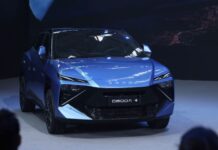


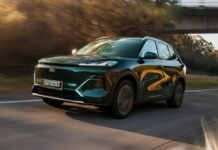
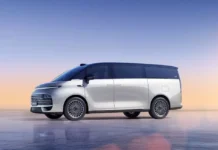
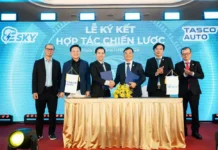






















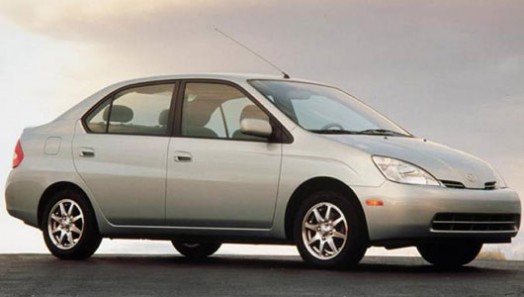
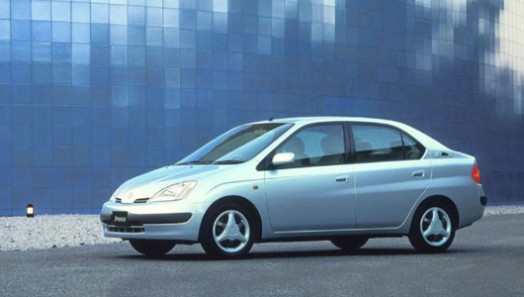
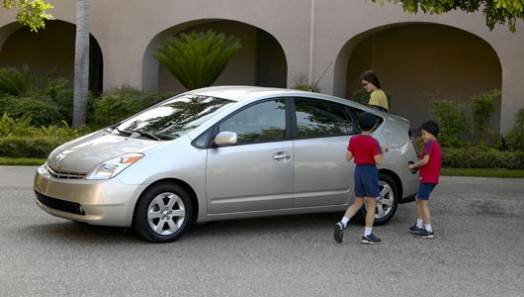
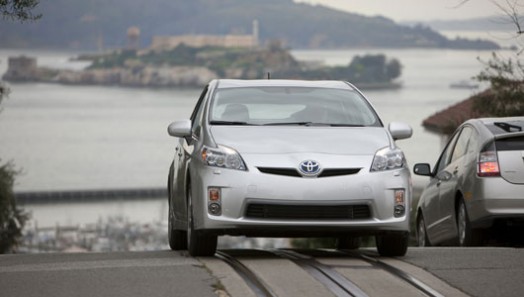
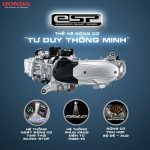
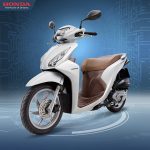
![[USER REVIEW] Honda Civic RS: Stylish, Premium, and Alluring](https://vnauto.net/wp-content/uploads/2023/10/xehay-hondacivicrs-08042023-2-150x150.jpg)













